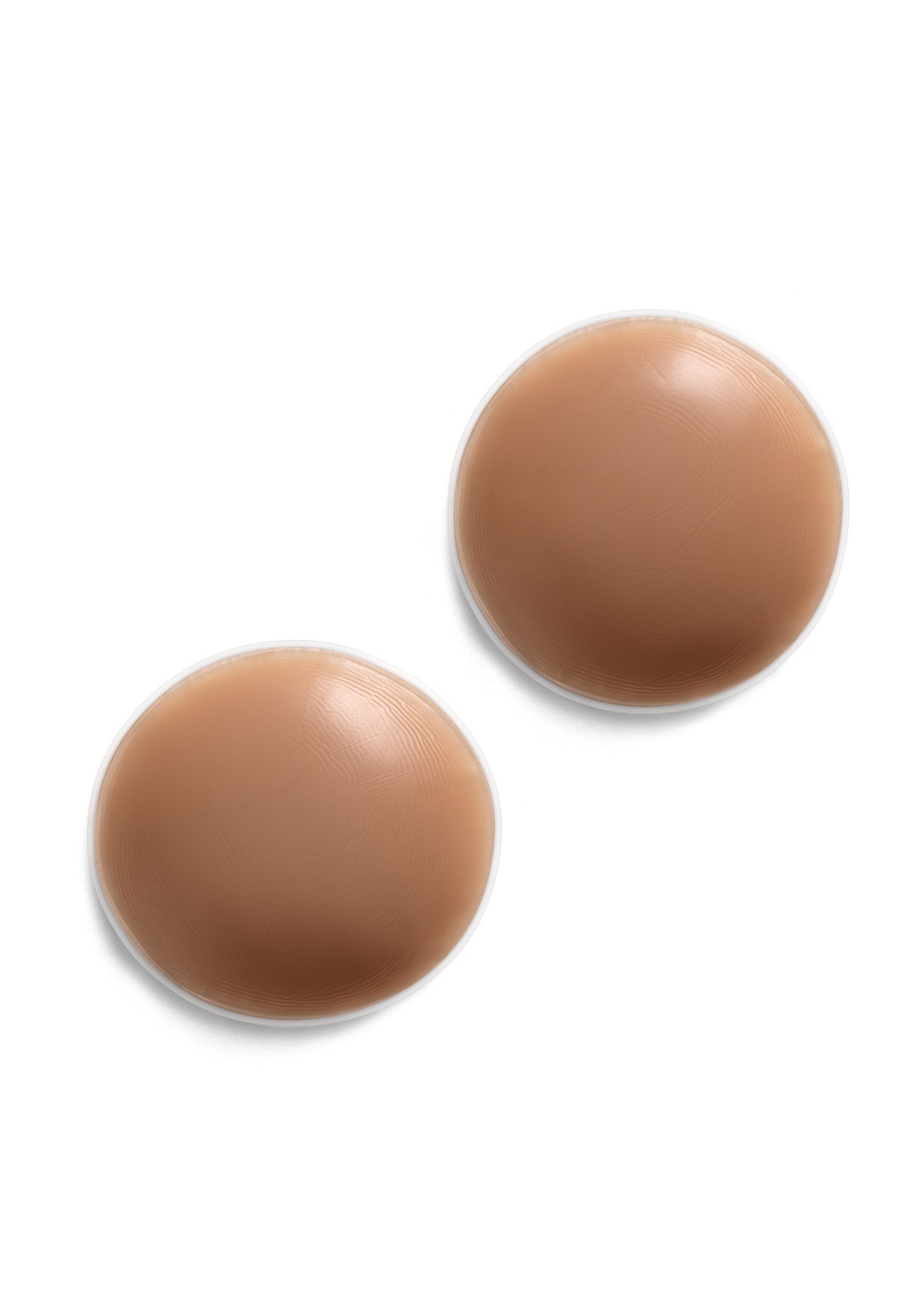"Understanding the Relationship Between Nipple Shields and Infant Gas" Can Be Fun For Everyone

Can easily Nipple Shields Cause Gas in Infants? Discovering the Connection
Nipple defenses are a prominent tool used through breastfeeding mothers to support with numerous nursing challenges. They are generally made of thin, flexible silicone and positioned over the mother's areola during the course of breastfeeding. Nipple covers may assist along with problems such as standard or inverted nipple areas, excruciating latch, or over active setback. While nipple area defenses can be favorable in particular scenarios, there is actually some issue that they may cause gas in infants. In this blog blog post, we will certainly explore the relationship between nipple defenses and gas in infants.

Gas is a popular complication for several infants, leading to pain and fussiness. It occurs when air gets trapped in the digestive device in the course of feeding or by means of various other means. Some parents have stated an increase in fuel signs and symptoms when utilizing areola shields, leading to conjecture concerning a possible link.
One theory advises that the make use of of nipple area covers might conflict along with suitable catch and add to excessive sky consumption during feedings. When infants don't lock straight onto the breast and instead rely on the guard, they may not be capable to develop a tight tape around the nipple area. This below par tape can lead in enhanced air swallowing while feeding, potentially leading to additional fuel.
One more aspect to think about is that nipple guards might change dairy flow characteristics. The defense behaves as an added barrier between the mommy's boob and baby's oral cavity, possibly impacting how milk streams coming from bust to infant. If dairy circulation becomes as well rapid or irregular due to improper cover placement or match, it could possibly result in improved air consumption and subsequent gasoline signs.
Having said that, it's crucial to take note that there is actuallyn't considerable scientific investigation primarily addressing the link between nipple area shields and fuel in little ones. The majority of studies on this subject matter focus on other facets of breastfeeding along with nipple area shields rather than their straight impact on little one digestive function.
While anecdotal evidence exists pertaining to enhanced gasoline signs and symptoms associated along with nipple shield usage, every child is distinct and may react in a different way. Some infants may experience no concerns along with fuel while making use of nipple defenses, while others may reveal indications of soreness. It's important for moms and dads to very closely note their baby's habits and speak to with a lactation specialist or healthcare company if they have problems.
If a parent presumes that nipple covers are triggering gasoline in their baby, there are actually many steps they can easily take to attend to the issue. First, ensuring suitable positioning and fit of the cover is essential. Working along with a lactation expert can aid make certain proper positioning and reduce prospective sky consumption.
Additionally, parents ought to keep track of their little one's latch while utilizing a nipple defense. Encouraging a deep latch may help minimize sky swallowing in the course of feedings. Procedures such as breast squeezing or showing some dairy before utilizing the guard might also assist in improving milk flow characteristics and minimizing fuel signs.
It is worth discussing that nipple area defenses need to not be made use of as a long-term solution without expert advice. While they can easily be beneficial in specific conditions, they are meant for short-lived use until breastfeeding challenges are addressed.
In verdict, while there is actually historical proof recommending a achievable connection between nipple guards and improved gas signs in little ones, scientific research on this specific subject is restricted. Areola covers might likely interfere with effective latching and change dairy circulation aspects, which can add to excessive air intake in the course of eatings. However, every baby is various, and some may not experience any issues along with fuel while making use of areola shields. Parents must carefully note their baby's habits and look for qualified advice if worries arise. Proper positioning and fit of the guard, along along with encouraging a deeper catch, can assist lessen potential air swallowing during feeding sessions. As constantly, seeking Solution Can Be Seen Here from with a lactation professional or healthcare company is vital for personalized guidance modified to specific conditions.
800 words
